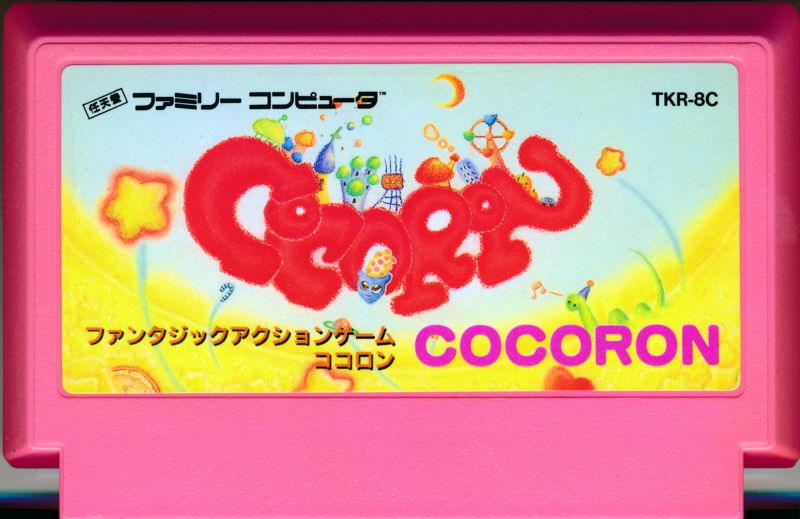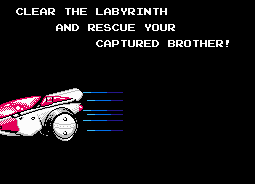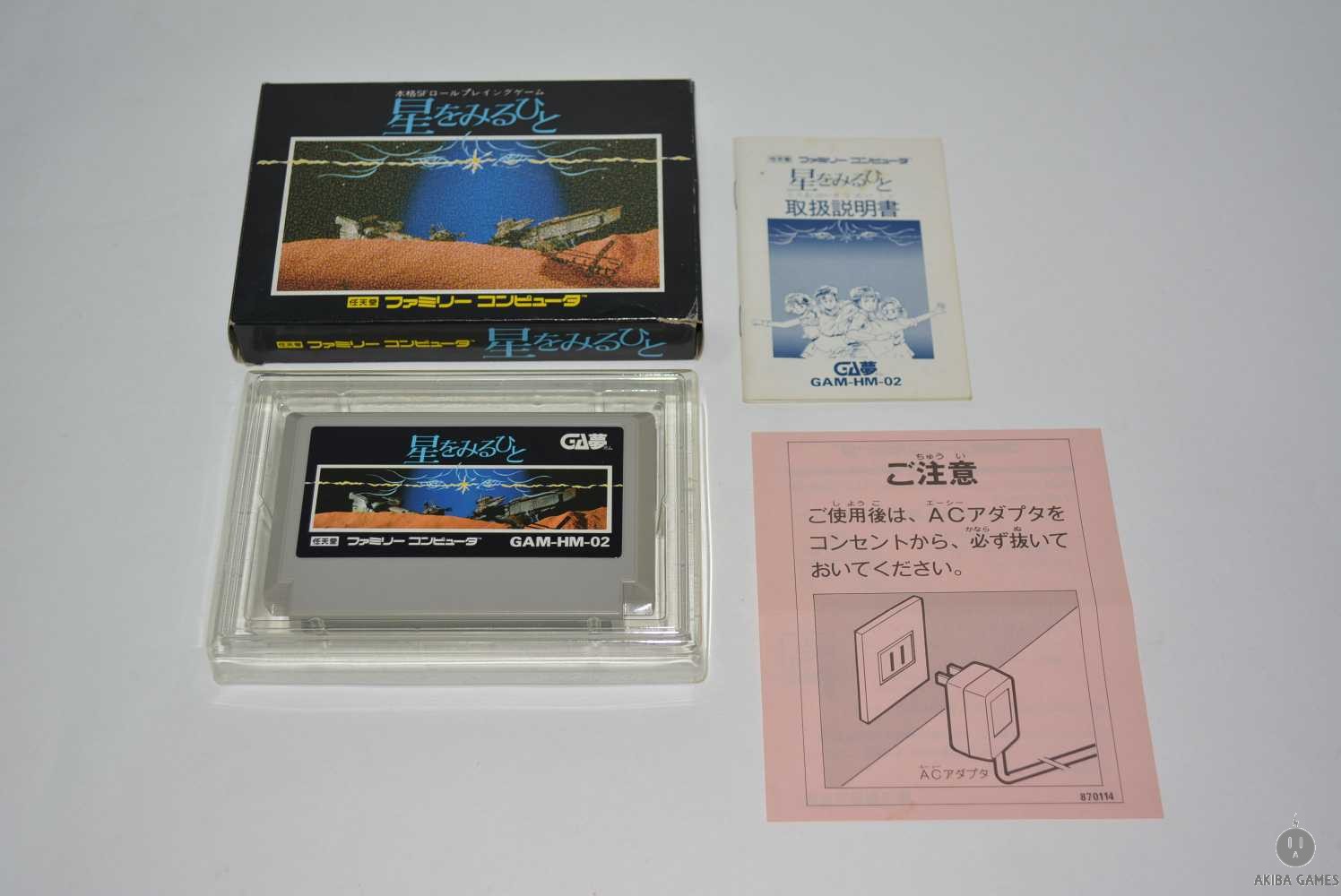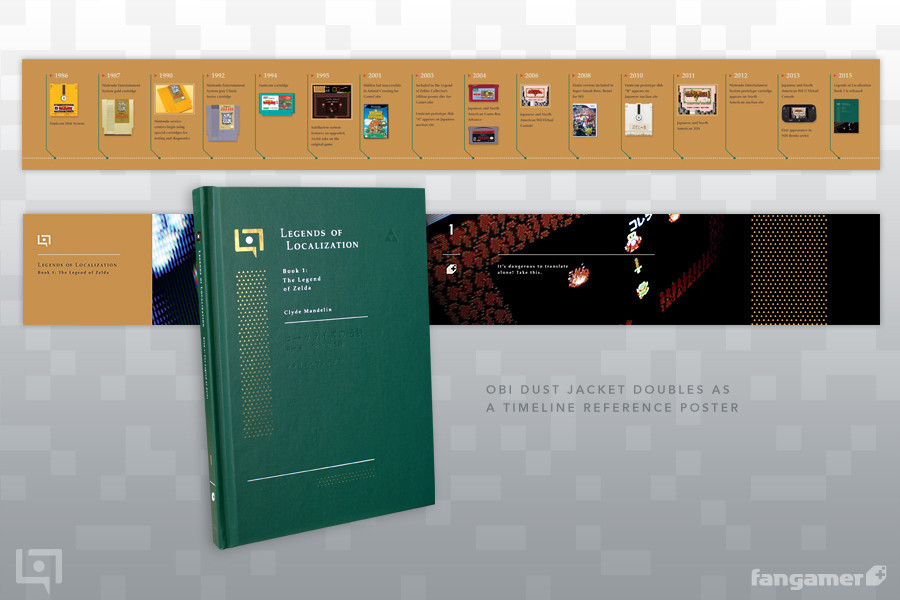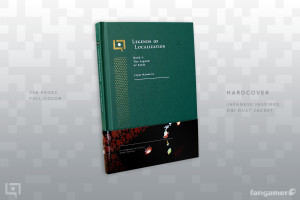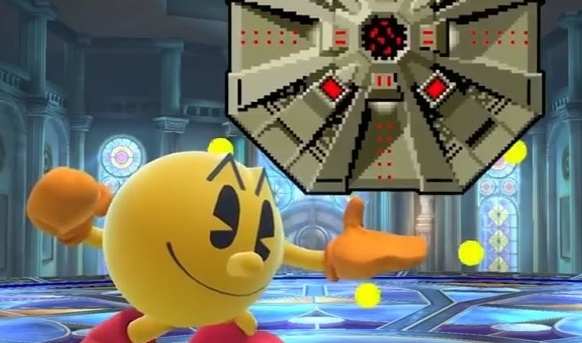I once again attended MAGfest this year, and had a wonderful time presenting panels alongside LordBBH. (Check out the videos of our panels!) My good friends from Brave Wave Productions were also in attendance, and this year they brought Takashi Tateishi as a guest. Tateishi-san has had quite an interesting career: working on one of the most beloved soundtracks ever in Megaman 2, lending his composition skills to cult favorites at Takeru, and doing a whole mess of sound work at Konami in the late 90s. I’m extremely happy to have had the chance to sit down and chat with him about his career. Read on for some interesting anecdotes about early game music development… and also learn about the rarest official Megaman music release of all time.
famicom
Extra Credits: Youmais
Wow, has it really been a year since I wrote an absurd amount of text about Raimais? Well, I guess it’s time to finally get to the last bit that I’ve been putting off.
Ohhhh boy.
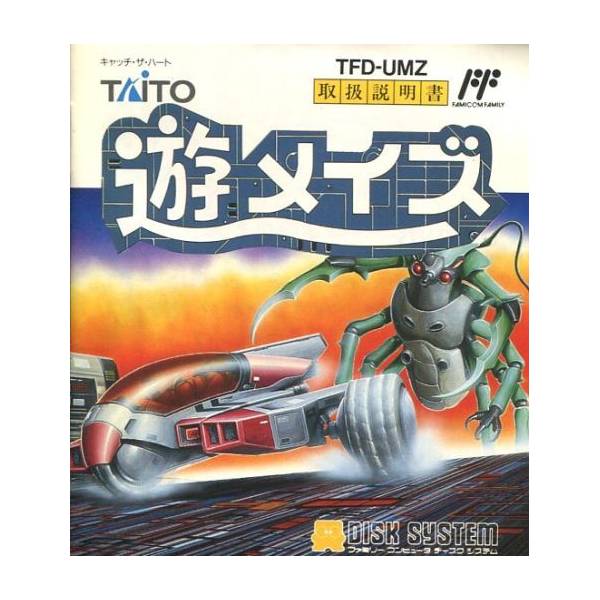 In 1988, the PC Engine’s base wasn’t quite there yet, the MegaDrive was on the cusp of launching, and the Super Famicom was still a ways off. However, the Famicom, and to a lesser extent the FDS, were going very strong. It made sense financially for companies to port their arcade games to the FC… even if the platform couldn’t do anything close to an accurate port.
In 1988, the PC Engine’s base wasn’t quite there yet, the MegaDrive was on the cusp of launching, and the Super Famicom was still a ways off. However, the Famicom, and to a lesser extent the FDS, were going very strong. It made sense financially for companies to port their arcade games to the FC… even if the platform couldn’t do anything close to an accurate port.
There were several approaches taken to dealing with the FC’s lack of arcade horsepower. Some developers tried to port as much of the gameplay and graphics as they possibly could, aware that cuts and compromises were inevitable. Other developers took the arcade game as a base, but heavily rearranged and added things to the game to make for a similar — but different — experience. Finally, there were the ports that threw out everything except the concepts and characters, making completely different games that just happened to have the same title as popular arcade titles.
Taito was a big fan of option B. They did a lot of ports of arcade games to the Famicom Disk System that had notable, distinct differences from their arcade originals. Most folks are aware of Bubble Bobble and Kikikaikai’s FDS incarnations, but few are aware that Raimais got this treatment as well — probably because it’s under a different name: Youmais, or Yuu Maze if you go from a straight kanji/kana reading.

No, seriously, though — calling it Yuu Maze is a HUGE pet peeve of mine. It says Youmais right there on the menu, and it’s a Raimais reinterpretation! Have you people even heard of ateji?
Unfortunately, Yuu Maze is the title you’re more likely to find this game listed under in English, though I steadfastly refuse to use that. It’s Youmais or nothing, and I’m sticking to it. Fight me, nerds.
ANYWAY. Youmais is fundamentally similar to Raimais in its premise and underlying gameplay. There are numerous differences between the two titles, however, and I’ll get to those in more detail shortly. But the biggest difference is how aggressively mediocre Youmais is.

If you’re wondering why it’s taken me so long to write about this game, it’s because playing it feels like a genuine chore while knowing how much better Raimais is. I decided a few weeks ago I was finally going to suck it up and get this written, when suddenly, I was made aware of pure propaganda claiming Youmais is a mindblowing revelation on a FDS disk.
Well, as self-proclaimed Number One Biggest Raimais Fan On-Line, I can’t let that stand unchallenged, now can I? So come with me as we take a look at how Youmais compares to its big sister. (Spoilers: not well.)
Gaming.moe’s Second-Annual Kusogecast this April 1st!
We’ve been around for a while now, and I’ve been doing my best to try and establish a few traditions around these parts. Last year on April Fools’ Day, we ran the Kusogecast, which involved many hours of playing a wide variety of garbage for your entertainment.
Well, we’re doing it again! We’re still going to play awful games for a lengthy stretch of time, but this go-around we’re going to limit it to a single title. We’re going to see how far I can get into the legendary Famicom RPG, Hoshi wo Miru Hito/Stargazer, in a six-hour stretch.
It’s going to be painful. And amazing. Painmazing!
Everything will be going down on my stream channel. We will be starting up on Friday, April 1st, at 5:30 PM PST and end around 11:30-midnightish. Co-commentators will be joining me throughout to share in the “””fun””” and “””excitement””” of one of the most utterly unfair RPGs ever.
(In case you’re wondering: I’m playing the patched, translated version with actual saves and fixed walkspeed. Yes, I know, it’s not the 100% authentic kusoge experience, but I think constant password re-entry whenever I wipe isn’t particularly entertaining as a viewer. No savestates, at least, so I’m still suffering!)
If anything changes — which is possible, given some connection hiccups I’ve had lately — I’ll be sure to post it on my Twitter accounts, @Zerochan and @Gamingmoe. I’m looking forward to another April 1st of terrible retrogames, and I hope you are, too!
Book Review: Legends of Localization Book 1: The Legend of Zelda by Clyde Mandelin
I should preface this with, perhaps, an admission of potential bias: I think Fangamer is one of the raddest “nerd stuff” companies out there. Their merchandise is clever and classy, their clothing is nicely designed and high-quality, and they’re just a nice collection of really cool folks selling cool gear. They don’t put out books quite as often as clothing and accessories, but when they do, they’re usually pretty fantastic.1 So when Clyde Mandelin, well-known fan and pro translator, announced that he was going to expand on some of the material of his Legends of Localization site in book form, I was pretty hyped!
Though, I have to admit, I wasn’t horribly enthused by the initial choice of focusing on Zelda I. There really wasn’t a whole lot of text to the game, after all – how could you possibly fill up a 200-page book about it? As it turns out, however, there’s a lot of interesting ground to cover in localization that extends beyond just in-game text, and Mandelin’s book goes into all of it in great detail.
So, let’s get right to it – here’s a review of Legends of Localization, Book 1!
Images used in this piece are a combination of my own and promotional images from Fangamer’s website. The latter should be easy to distinguish with the watermarks!
- With the noted exception of SMB3 Brick by Brick, which I was so disappointed by that I vowed to start reviewing gaming books – and here I am! ↩
Book review: Shigeki Toyama Works Artworks Volume by Zekuu/circle Game Area 51
First off, I apologize for this review taking so long – I haven’t been in the best of physical health this week, and that combined with the craziness of family obligations over the holiday weekend meant that I couldn’t update the site as I wanted to. I’d intended to have this up around last Monday or so, but those plans came crashing down fairly quickly. I don’t want to disappoint gaming.moe supporters with a lack of site content, but alas, sometimes real life foils even the best-laid plans. I’m working on a manner of contingency plan for the next time such a thing happens. Anyhow, on to the main piece!
A while back I wrote a piece for WIRED about the subsection of the Japanese doujinshi subculture that caters to gaming devotees. Part of the reason why doujin fascinates me so much is because of the sheer variety of stuff people create under the term, and the fact that there are other extremely passionate nerds self-publishing books about all manner of delightful gaming minutae makes me very happy indeed. I interviewed a publisher under the name Zekuu for the piece, as his circle, Game Area 51, does some of the most impressive and in-depth doujin publications on retrogames and important people involved with their creation. Thanks to his work, I’ve become more aware of the contributions of many creators to games and companies that have notable places in gaming history.
Such is the case with Zekuu’s books about Shigeki Toyama, who has a lengthy history at Namco. I was mostly unfamiliar with Toyama’s contributions to gaming, but the two volumes of doujin Zekuu published – two interview books and an artbook – have taught me a great deal about the man who designed Mappy, the iconic graphical imagery of Xevious, and several arcade cabinets and logos. He was also a robotics designer, helping create everything from small animatronics to massive amusement attractions (such as the gigantic Galaxian³ setup at the Osaka Expo in 1990). Later, he’d also be a key contributor to the design of Sony’s AIBO robot dog. After learning so much about everything Toyama had helped create, I found myself filled with a profound respect for his incredible talent. (And, to be honest, I felt a little bit embarassed that I hadn’t properly recognized it sooner.)
Out of the three books, I chose this one for review because it’s largely art-based – and since I’m writing for a primarily English-speaking audience, it doesn’t really do folks much good to recommend an interview book in Japanese. It’s 242 pages long, B&W, and contains a truly astounding amount of design material for some of the coolest, most ambitious stuff that Namco ever produced. Without further ado, let’s look over….
 Shigeki Toyama Works: Artworks Volume (Toyama Shigeki Sakuhinshuu: Artworks Hen)
Shigeki Toyama Works: Artworks Volume (Toyama Shigeki Sakuhinshuu: Artworks Hen)
Cover image: A sampling of titles Toyama’s talent has touched
